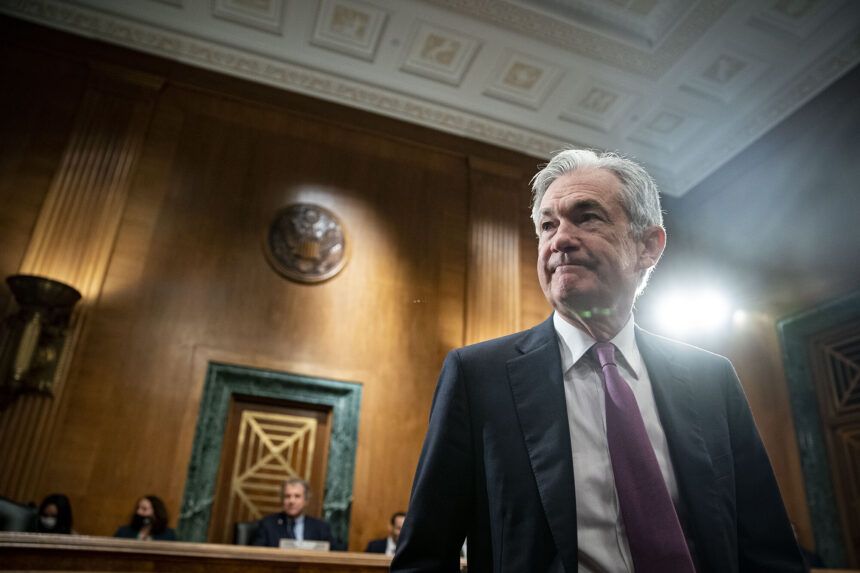Jerome Powell: Fed is confident inflation rates will go down

By Anneken Tappe, CNN Business
A key measure of inflation showed price increases slowing down in June, while Americans’ incomes and spending rose — signaling better-than-expected momentum in the economic recovery.
Even though prices continued to climb, albeit at a slower pace than expected, it didn’t weigh on American spending, the Bureau of Economic Analysis reported Friday.
“That means the economy has a little more momentum going into the third quarter than we feared,” said Paul Ashworth, chief US economist at Capital Economics.
The personal consumption expenditures price index rose 0.5% in June, the same as the month before, while the core PCE price index — the Federal Reserve‘s preferred measure of inflation, which strips out volatile components like energy and food prices — slowed to 0.4%, its second slowdown in a row.
That dip in the core price index appears to support the Fed’s strongly held view that pandemic-era inflation spikes will be temporary and peter out on their own. Investors have had their doubts about whether that will hold true, but Friday’s data should tamp down market fears about out-of-control inflation, said economists at Action Economics in a note to clients.
Looking at the inflation data over a longer term, prices rose 4% over the 12 months ended in June, the same as in May. Without energy and food, prices rose 3.5% over the same period, a slight uptick from the month before reflecting faster price increases in the second quarter.
Higher incomes
Americans took home higher paychecks in June and that was reflected in a 0.1% increase in overall incomes. Disposable incomes were flat in June. This is notable because incomes fell in April and May.
Wages in the food services and accommodation industries are “growing like wild,” wrote Indeed economist Nick Bunker on Twitter.
Companies have been upping their compensation to attract workers in the current unusual labor market, which is defined both by high unemployment and a shortage of staff. Incomes had been shored up by stimulus checks earlier in the spring.
And Americans put their higher incomes to work: Consumer spending rose 1% in June, following a decline in May. Consumers spent some $29 billion more on goods and some $126 billion more on services, especially restaurants and accommodations.
“As services spending rises further in coming months, it will fuel rapid job gains, and further increases in personal income and spending power,” said PNC senior economist Bill Adams.
Spending also decreased for cars and car parts in June. The pandemic autos market has been characterized by high demand for used cars, driving up prices all over the nation, as new car production is held up by a shortage in computer chips.
Meanwhile, the savings rate dipped down to 9.4% from 10.3% in March, showing that people are spending more rather than saving. It was also the first time since the start of the pandemic that the rate fell below 10%.
In principle that’s a good thing for the economic recovery, but it could mean consumers will have less money to put to work in the second half of the year.
As economic data for July begins to trickle in, Americans remain optimistic enough to keep spending.
“The improved finances of consumers have greatly reduced consumers’ resistance to price increases,” said Richard Curtin, chief economist of the University of Michigan’s survey of consumers.
Meanwhile the University of Michigan’s consumer sentiment survey came in better than expected this month, even though it edged down from June.
The-CNN-Wire
™ & © 2021 Cable News Network, Inc., a WarnerMedia Company. All rights reserved.